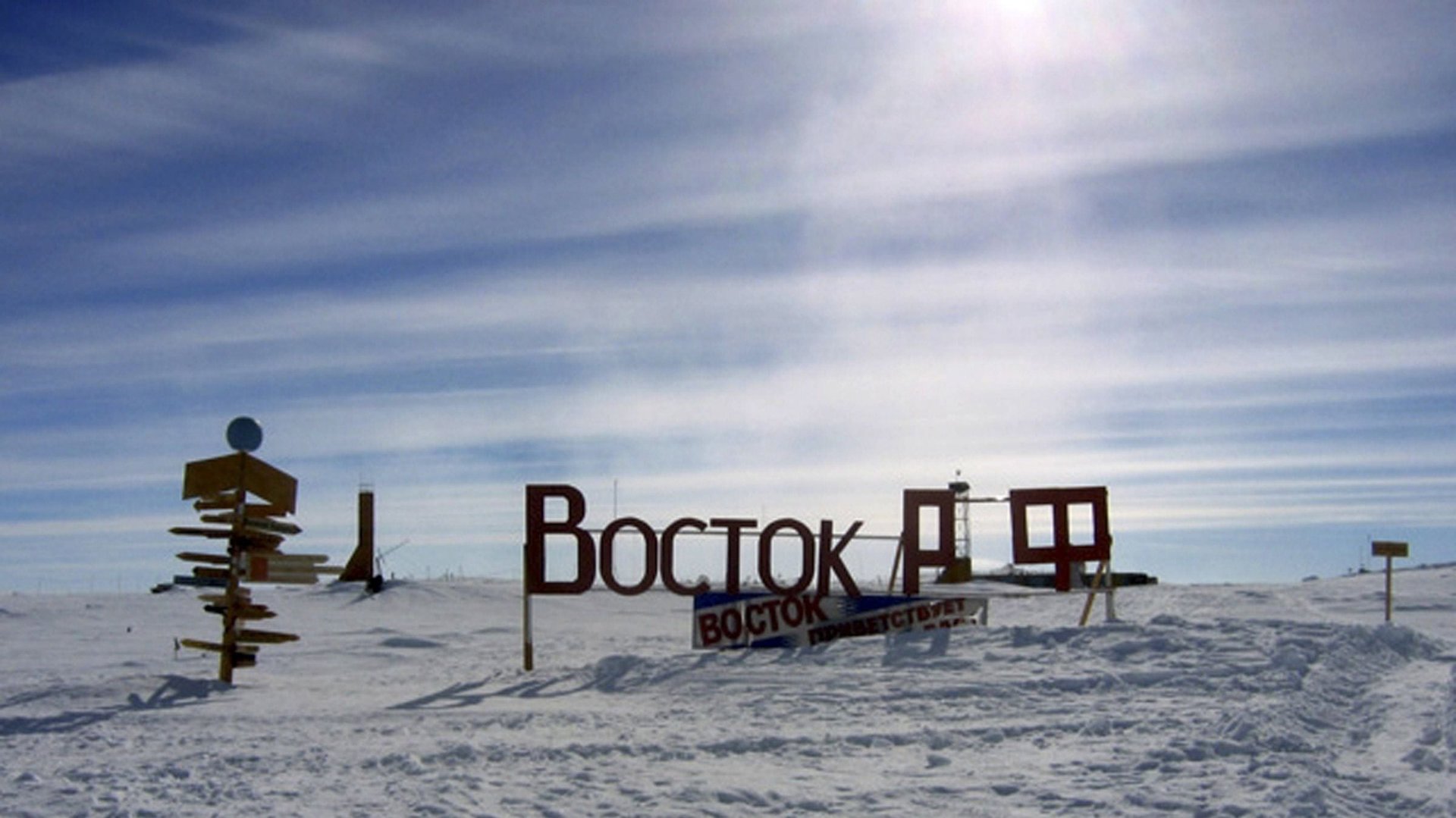Won’t somebody please think of the penguins? Shutdown freezes Antarctica research
Three American research stations in Antarctica will be put in “caretaker status” and all research suspended as a consequence of the continuing US government shutdown, the United States Antarctic Program (USAP) has announced. The timing couldn’t be worse. The period from October to February is when Antarctica is at its least inhospitable, and as many as 700 scientists descend on the continent during the research season.


Three American research stations in Antarctica will be put in “caretaker status” and all research suspended as a consequence of the continuing US government shutdown, the United States Antarctic Program (USAP) has announced. The timing couldn’t be worse. The period from October to February is when Antarctica is at its least inhospitable, and as many as 700 scientists descend on the continent during the research season.
“Caretaker status” means all non-essential staff will be sent home and planned research cancelled. The stations will only be staffed enough “to ensure human safety and preserve government property, including the three primary research stations, ships and associated research facilities.” USAP received its last round of funding on Sept. 30. It expects to run out of cash by Oct. 14.
The ramifications of this decision are enormous. Even if the US government comes back online soon after, not all of USAP’s work will recommence: “some activities cannot be restarted once seasonally dependent windows for research and operations have passed,” the agency said. Expeditions to hostile environments such as Antarctica are carefully planned years in advance and do not take well to last-minute changes.
Second, many projects that involve field work at the south pole are several-year-long efforts, such as a 20-year-census of Adélie penguins. A year of missing data renders the whole data set incomplete, or even useless. For work on climate change, missing data makes it much harder for scientists to make their case to an already skeptical global audience. And much money that has been spent in preparation for the upcoming research season would effectively go to waste.
The fallout is not restricted just to American operations. The third major effect of a shutdown of US bases in Antarctica would be on other countries that rely on American infrastructure such as helicopters and runways. In the short run that means polar researchers—and penguins—will spend a quieter summer than they would have liked. But the more lasting effects of the US government shutdown could show up in historical data sets for centuries to come.